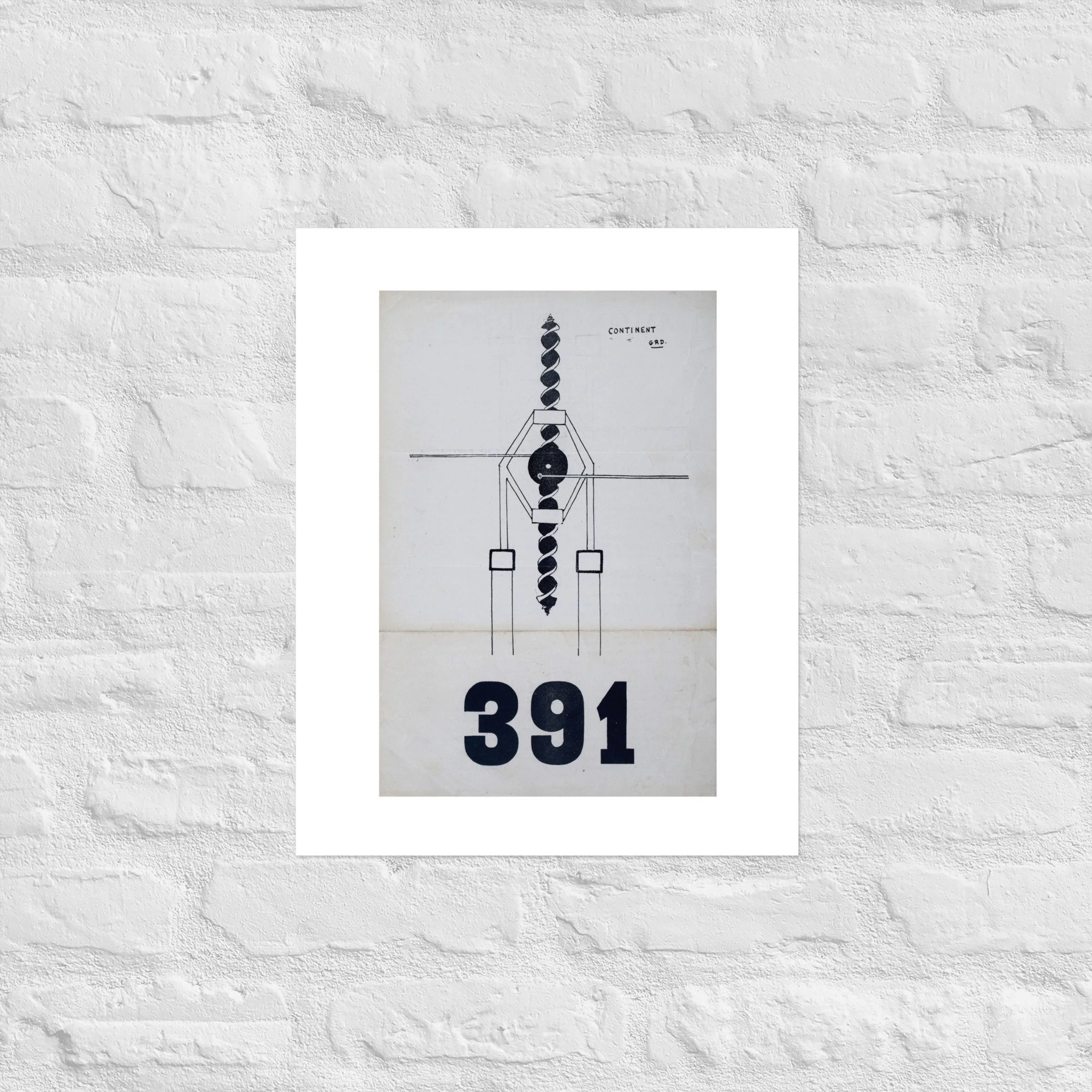Francis Picabia’s 391: Dada’s Beautiful Rebellion
〰️
Francis Picabia’s 391: Dada’s Beautiful Rebellion 〰️
Some art movements whisper; Dada grabbed a megaphone, laughed in the face of tradition, and set the rulebook on fire. Francis Picabia’s 391 (1917-1924) was the epitome of this rebellion—a wildly experimental art and literary review that embraced nonsense, defied expectations, and redefined modernism with flair. If traditional art was a symphony, 391 was a jazz band playing blindfolded—spontaneous, unrestrained, and chaotic.
Named after the Spanish Dada magazine 291 (itself named after Alfred Stieglitz’s influential New York gallery), 391 was Picabia’s personal rebellion against stagnant art. Published across Barcelona, Zurich, and Paris, it blended Dada poetry, abstract art, and mechanical drawings to mock structure and logic. If it didn’t bewilder or offend, was it even Dada?
Picabia was a shape-shifter, jumping from Cubism to Surrealism, from machine-inspired paintings to irreverent satire. His 391 works were abstract compositions, technical drawings that never worked, and anarchic humor. They weren’t meant to make sense—they were meant to make you think.
391 thrived in the Roaring Twenties, joining forces with Duchamp, Man Ray, and Tzara in a defiant rejection of reason. In the aftermath of World War I, Dadaism embraced absurdity as the only rational response to chaos.
A century later, 391 remains a blueprint for creative rule-breaking, its radical spirit influencing everything from punk zines to modern meme culture. Owning a 391 piece is about celebrating the fearless, unconventional, and unfiltered.
A Dada-inspired piece doesn’t just hang on your wall—it disrupts. It turns a sitting room into a paradox, injects rebellion into a boardroom, and makes guests wonder if you’ve gone mad. A 391 print doesn’t blend in—it stands out. Welcome to 391.
Learn more about the Dada disrupters, or shop our collection below.






















